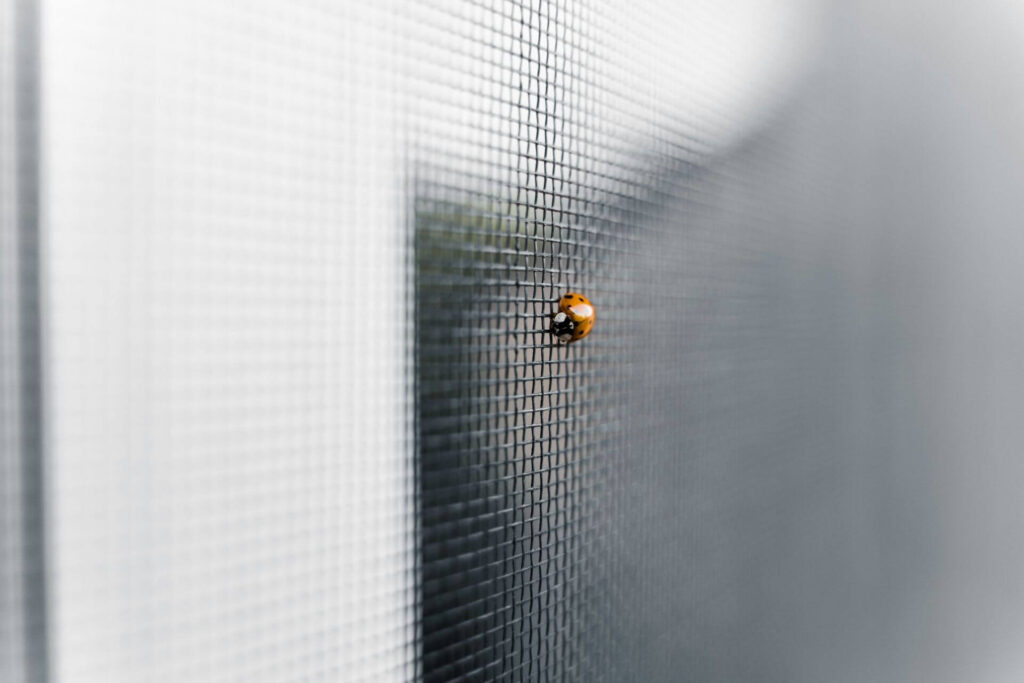Outdoor modular kitchens make entertaining guests outdoors a breeze. However, dining outside also means being subject to insects and pests that may not make the experience as fun as it’s supposed to be. Guests may spend most of their time swatting mosquitoes or scratching their legs because of ant bites. Pests can make any homeowner’s dream outdoor cooking space a hosting nightmare, and they might skip using the set entirely.
One overlooked aspect of outdoor kitchens is pest prevention. For landscaping professionals, providing excellent service to clients means being proactive about frustrations that may come up. By integrating smart pest prevention strategies, you can address these issues head-on and create sustainable, enjoyable and low-maintenance spaces for clients.
Design With Pest-Resistant Materials
You can’t stop insects from coming around, but you can deter them with the materials you incorporate in an outdoor kitchen. Here are some outdoor kitchen ideas to decrease the likelihood of bothersome pests:
- Stainless steel: Unlike wood, which attracts termites, carpenter ants and wood-boring beetles, stainless steel doesn’t provide a food source for creepy crawlies. It’s naturally resistant to rust, bacteria and pests.
- Sealed natural stone: Sealing natural stone makes cleaning easier and prevents ants from finding crumbs. It also avoids cracks and crevices where bugs can hide and proliferate unseen.
- Composite countertops: By any measure, composite countertops are great for indoor and outdoor kitchens. They are hygienic, easy to maintain and less porous than traditional stone, making them harder for ants and other insects to infiltrate.

Implement Strategic Kitchen Layouts to Minimize Pest Habitats
Cockroaches, rodents and other critters like to inhabit dark, damp and cluttered places. When designing an outdoor BBQ kitchen, remember these principles to stop them from taking over:
- Elevate the storage spaces and raise cabinetry, making it hard for rodents to settle in. Open shelving also makes for easier cleanup and prevents insects from hiding.
- Install proper drainage, as standing water can attract mosquitoes. Sloped countertops and built-in drainage allow water to empty properly.
- Minimize gaps as much as possible. Fit appliances snugly into the cabinets and walls to prevent spaces where pests can nest.
- Seal edges and holes, as these can become weak spots where insects inhabit.
Use Integrated Herb Gardens as Natural Repellents
Before your outdoor kitchen installation becomes a buffet for pesky bugs, you can pair it with a built-in garden around the area to repel them. Many aromatic plants deter insects from creeping into the space while enhancing aesthetics:
- Lavender: The linalool and camphor in lavender make it a great repellent for various pests, especially lesser grain borers that snack on stored grains.
- Lemongrass: The citronella essential oil found in lemongrass makes it a natural mosquito repellent so clients can wave-swat them goodbye.
- Mint: Peppermint has long been used for pest control. It’s effective against mosquitoes, ants, spiders and houseflies, which are the majority of unpleasant bugs. Pennyroyal mint is an effective tick and flea deterrent but should be used carefully as it can be toxic and unsafe for humans and pets.
One tip is to position potted herbs near food prep areas and seating zones for maximum protection and easy cooking access. Additionally, when using the potent pennyroyal mint, inform clients of the potential risks and how to use the herb safely.
Install Smart Lighting to Deter Nighttime Pests
You might think that installing light attracts more bugs, but the type of light used can impact the ability to keep pesky insects at bay. Blue and ultraviolet light are more harmful because they draw in a greater number of flying insects. In contrast, yellow or amber-tinted LED light minimizes attraction. Other things to consider when choosing outdoor lighting include:
- Motion-sensor LEDs: These reduce continuous light, therefore decreasing insect attraction. They’re also particularly helpful for fending off larger pests like deer. The lights come on quickly and may disorient and scare off other critters.
- Directional lighting: Keeping lighting for more functional areas instead of flooding an entire patio can avoid the bug-swarming situation over people’s heads.
Incorporate Natural Air Circulation and Fans
Some insects aren’t very strong flyers, so pushing them away doesn’t take much. Installing ceiling fans or mounted outdoor fans creates a continuous airflow, which makes it harder for flying bugs to settle.
A mosquito’s top speed is about 1.5 miles per hour, and it can fly as far as one to three miles. Commercial fans usually deliver air at 20 mph, making it hard for mosquitoes to fly around when fans are on. For best placement, position the fans near cooking stations and seating areas so guests can be comfortable and bug-free.
Enclose Key Areas With Screens or Retractable Panels

Outdoor modular kitchens benefit from semi-enclosed designs. This doesn’t mean a full enclosure but strategic barriers like retractable screens, glass or mesh backsplashes, and an overhead pergola with mosquito netting. These keep bugs out but allow some airflow and maintain the outdoor view.
Use Smart Waste Management Solutions
Pests thrive where there is food. Your clients may store all their food in tight-lid containers, but overlooking waste systems can quickly turn them into pest magnets. Design an outdoor kitchen with systematic waste management that clients can benefit from.
Here’s how:
- Frequent cleanups: Encourage clients to wipe down surfaces and store food properly. Using a chopping board instead of directly slicing on sealed stone countertops can prevent the stone from chipping, reducing places where insects can hide.
- Sealed trash bins: Keeping waste in the open attracts critters looking for a food source. Putting lids will fend off potential pests. However, keep in mind that a completely sealed-off trash bin can compound on itself and may burst open, so it has to be routinely taken out to avoid such a scenario.
- Recycling bins: Sorting out plastics, carton packages and food waste can help limit the risk of contamination of recyclable materials.
- Composting stations with lids: Food waste can be easily managed by throwing them into composting stations. This encourages sustainability while controlling pest access. It also makes for a healthier garden later.

Incorporate Bat and Bird Boxes for Natural Pest Control
Rather than relying solely on chemical treatments, take a cue from nature. One little brown bat can consume up to 1,000 mosquito-sized insects in a single hour, making bat boxes an excellent eco-friendly addition to a modular outdoor kitchen setup.
Similarly, birdhouses encourage bug-eating species like swallows and wrens to keep populations down. These natural predators are your allies in keeping insects at bay — from caterpillars and beetles to mosquitoes, gnats and flies.
Educate Clients on Proper Maintenance and Seasonal Adjustments
Perfecting the layout and elements of outdoor BBQ kitchens isn’t enough. Even the best-designed modular kitchen requires upkeep to stay pest-free. Landscape professionals should educate their clients on the following:
- Seasonal inspections: Frequently check sets before grilling days or warm seasons. Many insects hibernate in the winter and might be sheltering inside cabinetry. Look for nests, cracks or eggs in clusters.
- Deep cleaning: Pair inspections with regular cleanings, especially before and after peak seasons, to prevent food from building up in grills and surfaces. Leftover debris quickly attracts pests.
- Covering appliances and surfaces: Wrapping appliances and surfaces when they’re not in use is essential to prolong the life of materials and keep pests from settling in during the off-season.
Offer Clients an Enjoyable Season Outdoors
By integrating pest prevention directly into the design of outdoor modular kitchens, landscape professionals can provide clients with a low-maintenance solution that enhances their outdoor fun.
From choosing the right materials to incorporating natural repellents, every detail contributes to a cleaner, more enjoyable cooking space. If you have a modular kitchen project coming up, make pest prevention part of the blueprint, not an afterthought.

Leave a Reply